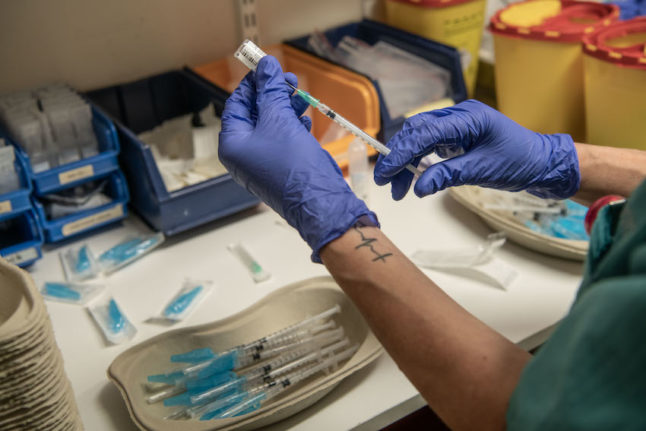On Wednesday, December 23, the Spanish Health Ministry released a new report stating that the 14-day cumulative number of cases per 100,000 inhabitants in Spain now stands at 253.7.
This number is above the 250-threshold, which the Health Ministry classifies as ‘extreme risk’. This is the highest figure Spain has recorded since November 30. According to the report, 12,386 new coronavirus cases were recorded and there were new 178 deaths.
Speaking at a press conference on Wednesday December 23, Health Minister Salvador Illa said: “We are very worried, and we are heading into the holidays, when there is an increase of mobility and social contact,”. Illa continued by asking the public to be “extremely prudent” over the Christmas holidays.
Many regions across Spain have put strict restrictions in place in a bid to stop the further spread of the virus over the holidays.
Read Also: Spain's Christmas coronavirus restrictions in each region
According to the report, the Balearic Islands have the highest incidence rate in Spain, with the 14-day cumulative number per 100,000 inhabitants at 455. This is followed by Madrid (361), Valencia (346), Extremadura (337), Castilla y León (305) and Catalonia (301).
On the other side, the regions with the lowest incidence rates are the Canary Islands, Asturias, Andalusia, Murcia and Cantabria.
Spain’s incidence rate has been rising since December 9. Currently there are 11,328 Covid-19 hospitalised with the virus. Of this, 1,932 are in intensive care units (ICUs), occupying 20.2% of all ICU beds.
The Health Ministry, believes that the pressure on hospitals is likely to increase, however due to the rise in cases and incidence rates.



 Please whitelist us to continue reading.
Please whitelist us to continue reading.
Member comments